Wolf Requirements

Wolf Requirements:
- Complete each of the six required Adventures.
- Bobcat (Wolf)
- Paws on the Path
- Running With the Pack
- Council Fire
- Safety in Numbers
- Footsteps
- In addition to the six required adventures listed previously, complete at least two elective Adventures.
- A Wolf Goes Fishing
- Adventures in Coins
- Champions for Nature
- Air of the Wolf
- Code of the Wolf
- Computing Wolves
- Cubs Who Care
- Digging in the Past
- Finding Your Way
- Germs Alive!
- Let’s Camp
- Paws for Water
- Paws of Skill
- Pedal with the Pack
- Race Time
- Spirit of the Water
- Summertime Fun
Additional Adventures that can be earned at District and Council events.
- Slingshot
- Archery
- BBs
Required Adventures

- 1. Get to know the members of your Den.
- Recite the Scout Oath and Law.
- 3. Learn about the Scout Law.
- 4. With your Den, create a Code of Conduct.
- 5. Demonstrate the Cub Scout sign, Cub Scout salute, and Cub Scout handshake. Show how each is used.
- 6. Share with your Den, or family, a time when you demonstrated the Cub Scout motto, “Do Your Best.”
- 7. At home, with your parent or legal guardian, do the activities in the booklet, “How to Protect Your Children From Child Abuse: A Parent’s Guide.”

- 1. Learn how to properly care for and fold the United States flag. With your den or pack, participate in a flag ceremony.
Many Packs have a different Den conduct the opening flag ceremony at each month’s Pack meeting, so this requirement is embedded into their schedule.
- 2. Identify three points of the Scout Law that are important for being a good neighbor.
- 3. Build a model of your home.
Consider cardboard of craft foam as good mediums for this. LEGO and Tinker Toys could also be used but it will take a lot of them and a long time.
- 4. Using the same materials from requirement 3, create a model of a building that you visit.
- 5. Using models built in requirements 3 and 4, create a neighborhood.
- 6. Participate in a service project. Explain how your volunteering is helpful to your neighborhood.
Doing service projects for your meeting place is a great way to show them appreciation for allowing the Den to meet there. Another option is to do something for first responders.

You may earn this Adventure by either completing the requirements below or earning the religious emblem of your choosing.
You can find information on all Religious Emblems here.
- 1. With your parent or legal guardian talk about your family’s faith traditions. Identify three holidays or celebrations that are a part of your family faith traditions. Make a craft or work of art for your favorite family faith tradition, holiday, or celebration.
Consider having the Wolves do this requirement at home or individually with their adult partner at a Den Meeting. Then they can all share out. This can be a fun way for the Tigers to learn about different cultures and customs. Make sure though that all families feel comfortable sharing before you do that.
-
- 2. With your family, attend a religious service or other gathering that shows how your family expresses reverence.
- 3. Carry out an act of kindness.
- 4. Listen to or read Aesop’e fable “The Boy Who Cried Wolf.” With your Den or family, discuss why being truthful is important.

If your Pack is chartered through a religious institution it may be likely that all the Scouts share that faith. This can make talking about these requirements much more simple. If you have a diverse group with different beliefs, this can be challenging. Some Dens opt to have the Scouts work on this at home with their family, and let the Den Leader know when it is complicated. Another option that can be interesting is to have the families just talk about the requirements at home, and have Scout’s return to share their information.

- 1. With permission from your parent or legal guardian, watch the “Protect yourself Rules” video for the Wolf Rank.
- 2. Discuss “Safe Touch” as seen in the “Protect Yourself Rules” video.
- 3. Learn about the buddy system and demonstrate how it works.
- Review common safety rules and the proper use of playground equipment.

- 1. Identify the Six Cub Scout Essentials. Show what you do with each of them.
The Six Scout Essentials can be found below.






- 2. Learn about the buddy system and how it works in the outdoors. Pick a buddy for your walk.
- 3. Identify appropriate clothes and shoes for your walk outside. Do your best to wear them on your walk.
It can be fun to either bring a variety of clothing items and have the Scouts assemble an appropriate hiking attire, this could be done as a relay race as a way to get out some extra energy. Another option is to have two adults dress differently; one in hiking gear, the other dressed up or prepared for a completely different activity and ask the kids what they see that would and would not be good for a hike.
- 4. Learn the Outdoor Code and Leave No Trace Principles for Kids.

https://www.youtube.com/watch?v=HN77oZ9otMw&t=9s
- 5. Take a walk outside for at least 30 minutes to explore nature in your surroundings. Describe four different animals, domestic or wild, that you could see on your walk.
The apps below can be downloaded for any smart device and are great for helping you to identify plants and animals in the wild.




Getting out in nature is always a great idea, but if getting away from a city is a challenge there is nothing wrong with an urban hike. Consider ways to look for nature or utilize outdoor skills in an urban environment.
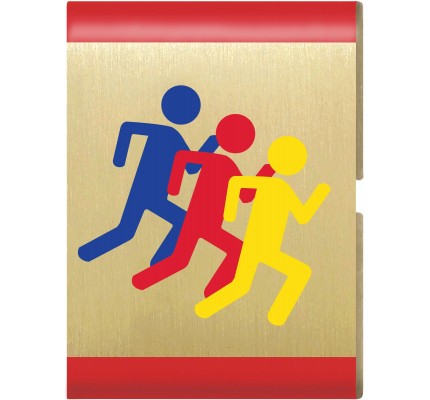
- 1.Sample three different foods that are naturally three different colors, The food must be a protein, vegetable, fruit, dairy, or grain.
***ALWAYS make sure to check for food allergies in advance.
- 2. Demonstrate the proper way to brush your teeth.
- 3. Be active for 30 minutes with your Den or at least one other person. That includes both stretching and moving.
- 4. Be active for 10 minutes doing personal exercise.
- 5. Do a relaxing activity for 10 minutes.
- 6. Review your BSA Annual Health and Medical Record with your parent or legal guardian. Discuss your ability to participate in Den and Pack activities.



Elective Adventures

- 1. Identify the type of water you will be fishing in and what type of fish live in the water.
- 2. Learn about the different types of bait used to attract fish.
Options of different types of bait can be seen below with some infor about each one.

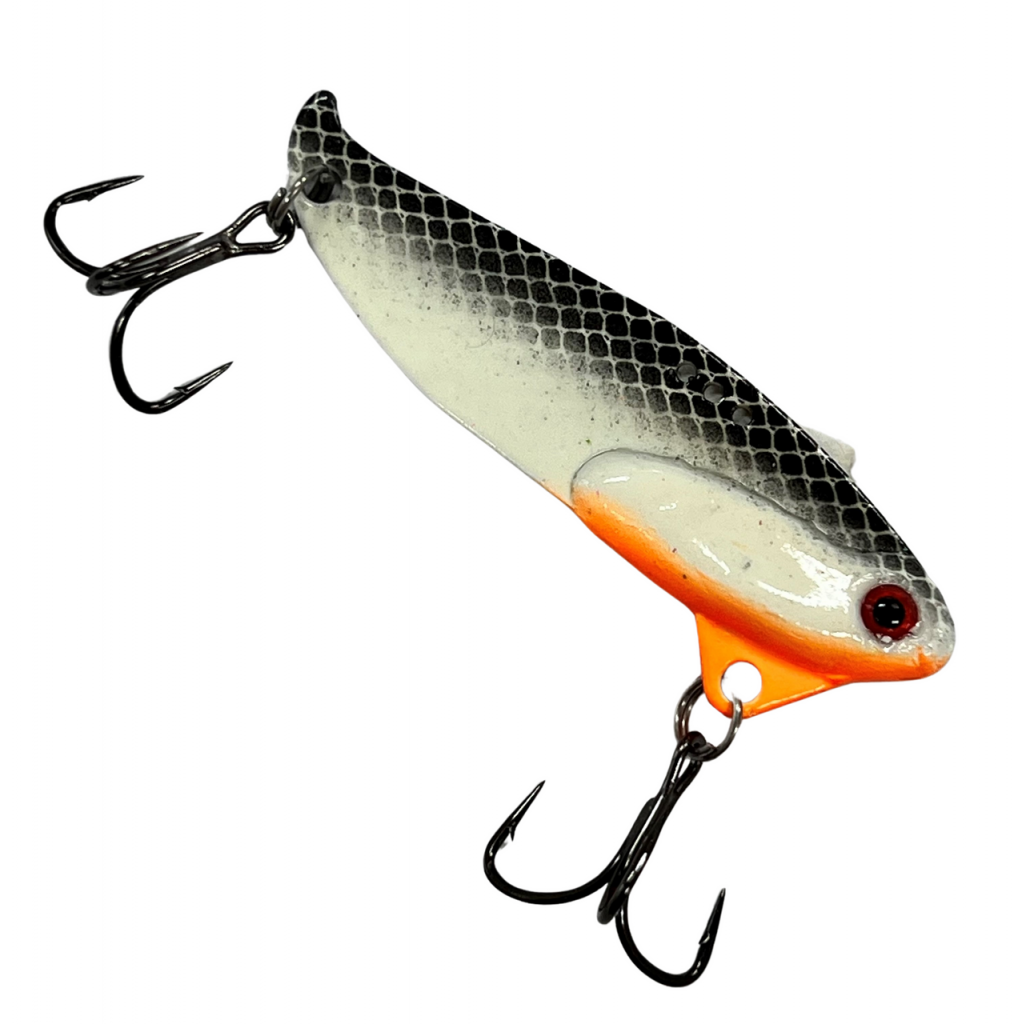


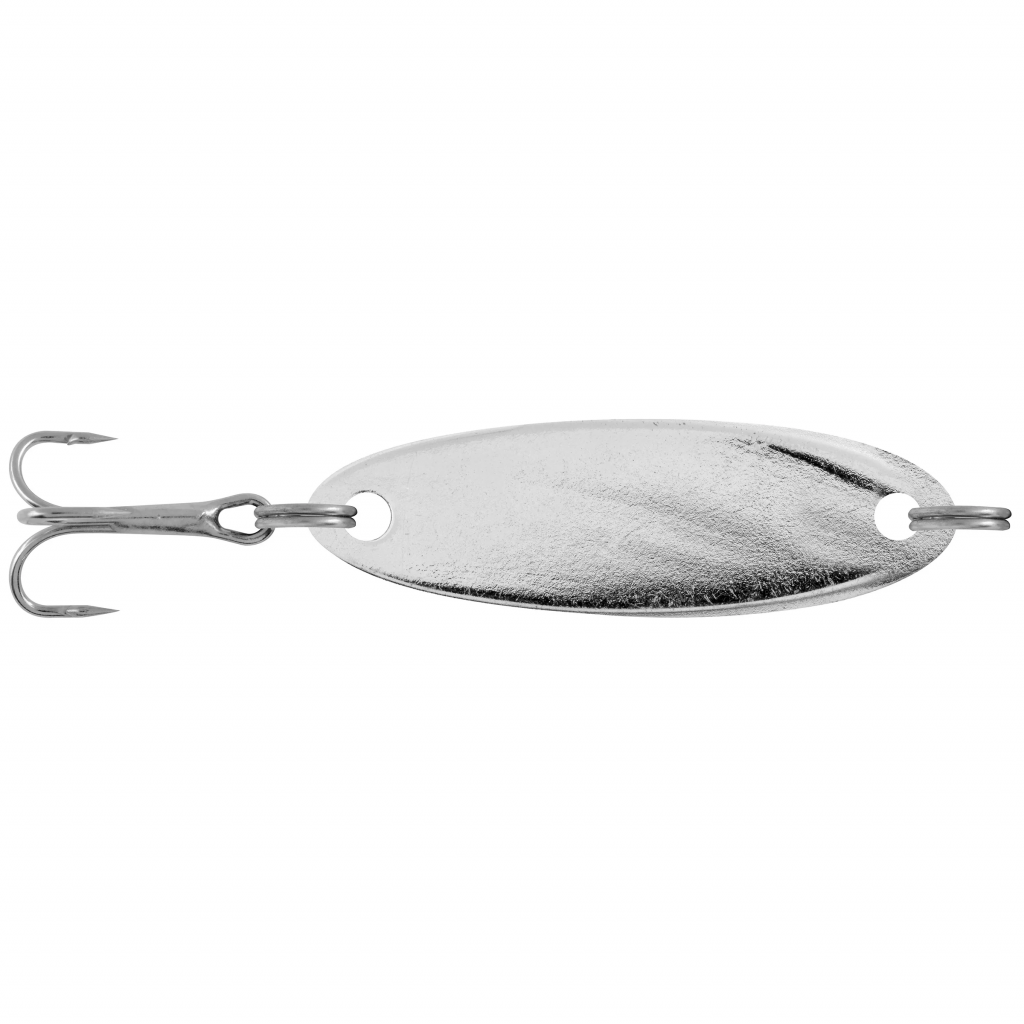
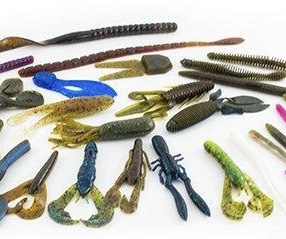

- 1. Identify different parts of a coin.

- 2. Find the mint mark on a coin. Identify the mint facility where it was made and the year it was made.
The Mint Mark shows where a coin was “minted” or made. The Mint Mark is a one or two letter code that signifies the city of origin.
P-Philadelphia
D-Denver
CC-Carson City
S-San Francisco
O-New Orleans
- 3. Play a coin game.
Below is a video with several coin games.
https://www.youtube.com/watch?v=N5hAUWQrRB8
- 4. Choose a coin that interests you and make a coin rubbing. List the information next to the coin detailing the picture on it, the year it was made, and the mint where it was made.


- 1. Make a paper airplane and fly it five times. Record the flight distance and time.
- 2. Make a paper airplane of a different design and fly it five times. Record the flight distance and time.
- 3. Compare and contrast the two paper airplanes by distance and flight times.



- 4. Build a flying machine that is not a paper airplane.





- 1. Discover the difference between renewable natural resources and nonrenewable natural resources.
- 2. Learn about the three Rs; reduce, reuse, recycle.
- 3. Discover what happens to the recyclables in your community.
- 4. Participate in a conservation project.
Easy ideas could include; planting trees, trash pick up, making posters to promote recycling in your school, place of worship, or meeting place.

- 1. Create a secret code. Send a message to a member of your Den or family. Have that person send a message back to you using the same secret code.
- 2. Build and play a game that requires the use of codes or patterns.
A Pig Pen Code is a series of shapes with and without dots where each shape stands for a different letter. Pig Pen Codes are easy, because you can write out the code from memory easily to translate messages.

To use a Code Stick wrap a strip of paper around a stick. Any kind of stick can be used from a pencil to a broom stick, but the receiver should know in advance what is being used. When the strip of paper is wrapped around the stick, write a message on it. When the strip is unrolled you will not be able to read it but when wrapped around the right sized stick the message will become clear again.
- 3. Select a single shape. Observe the environment around you. Write down where you see that shape and how it is being used.
- 4. Using a package that contains a number of different colored items, discover the most common color.
There are lots of ways to do this, but using M&Ms or Skittles will likely be their favorite!

- 1. Discover the basic components of a computer.
The five basic components of a typical computer are:
- Motherboard
- Central Processing Unit (CPU)
- Graphical Processing Unit (GPU)
- Random Access Memory (RAM)
- Storage
- 2. Determine how to properly dispose of computer components.
- 3. Using a digital device application of your choice, create a story that you can share with others.
Basic apps like Word or Google Docs, or other typing programs can be used to have Scouts type up their stories. PowerPoint or Google Sheets can be a great way for the Scouts to have a story on one side and supporting pictures on the other. A completely different idea is to show the Scouts about AI options. You can get a free version of ChatGPT and have them give parameters like “6 paragraph fairy tale about a wolf being a hero.” In just a few seconds it will generate the story for you.
- 4. With your parent or legal guardian, set up a policy for safely using digital devices.

- 1. Explore what it is to have a physical disability.
Have your Cubs try a variety of activities that would show the challenges of someone with fine motor skill issues. Things like eating with a fork, tying shoes, and playing a card game really show the struggle of someone with fine motor skills.



- 2. Explore what it is to have a visual impairment.
Have Scouts look at the website VisionSimulations.com, this site has simulators of a variety of different visual impairments.
- 3. Explore what it is to have a hearing loss.
Have Scouts play a game involving listening, like Simon Says, while wearing ear plugs or ear muffs.
- 4. Explore barriers to getting around.
Have someone bring a wheelchair and/or crutches to the meeting and have Scouts take turns trying to navigate around your meeting location.

- 1. Play a dinosaur game that shows what you know about them.
Consider playing a matching game with just pictures of dinosaurs, or if you have some real dino experts have them match a picture and a written name of the dinosaur. Another option is to create a paper with a series of dinosaur pictures on one side of the paper and a jumbled list of names on the other side. Have the Scouts draw a line to match the right name to the right dinosaur.
- 2. Create an imaginary dinosaur. Share with your den or family its name, what it eats, its size and where it lives.
- 3. Be a paleontologist and dig through a dinosaur dig.
There are some fun kits you can buy that are hard “rock” that you can chip away to find toy fossils. This is definitely an outside activity, but can be a lot of fun. These can be purchased at many museum gift shops or online. Here are some pictures from one available on Amazon.com. If you want to go a cheaper route, pour some plaster into a pie pan, add a few bones or other artifacts on top and then cover with more plaster.



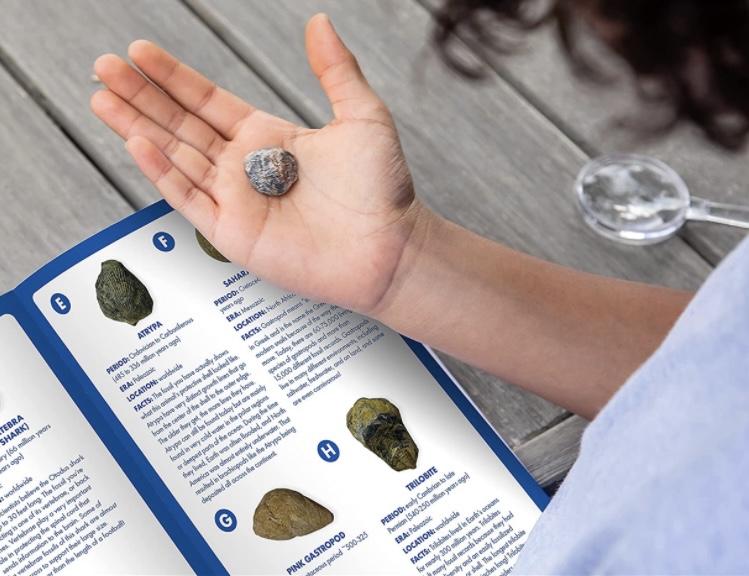

- 4. Build a fossil layer.
The key is lots of layers! Alternate layers of crushed cookies or graham crackers, whipped cream, and pudding. Repeat this several times. Somewhere in the process bury an animal cracker or similar treat, and let the cubs dig for dessert!




- 1. Using a map, locate where you live.
- 2. Draw a map for a friend to locate your home or school. Create a key for your map.
- 3. Find the directions north, east, south, and west and a compass rose on a map.
- 4. Find the directions north, east, south, and west using a compass.
- Practice using both a map and a compass.
Have a central starting point that the Scouts can stand on. Then give each one a list of degrees from that starting point. At each reading have an item for them to find. Who can collect them first?
Click here for a Google Doc that you can copy and edit for this activity.
https://www.youtube.com/watch?v=UdmV5gWKUNo&t=11s

- 1. Wash your hands with soap and water while singing the “Happy Birthday” song two times.
- 2. Play Germ Magnet with your den or your family. Wash your hands afterward.
Have each Scout put some glitter or washable paint on their hands. Use as many colors as possible. Then have the Scouts move around and shake each others’ hands. After a few minutes have them look at their hands. How have the colors changed?
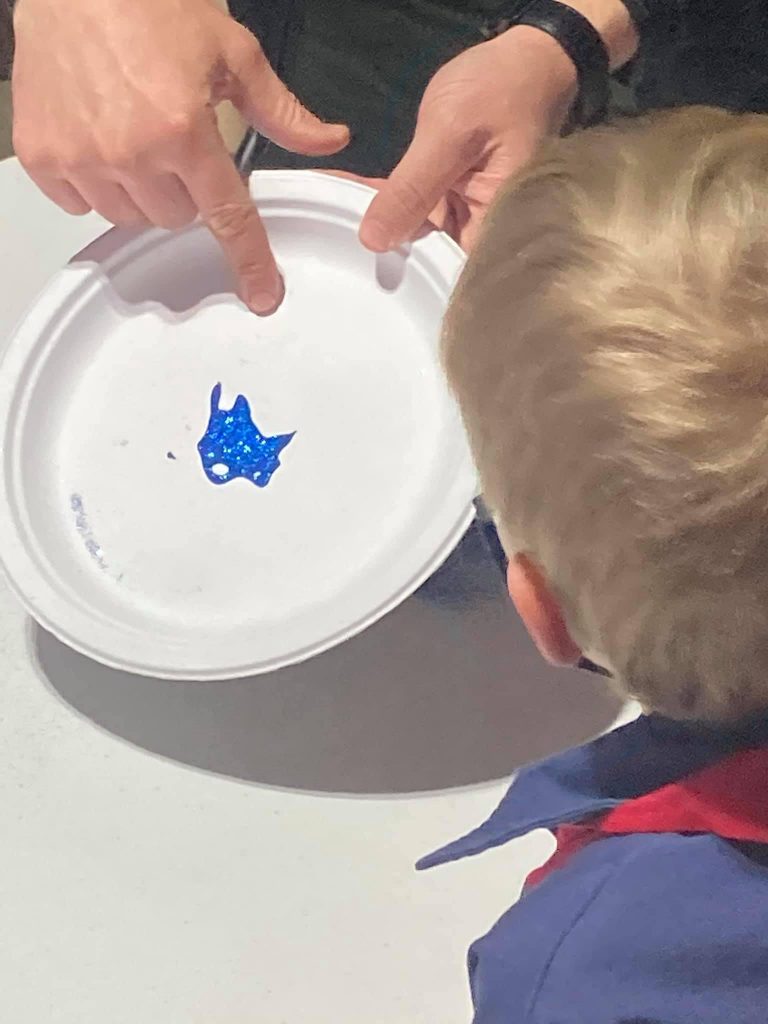


- 3. Conduct the sneeze demonstration.
Put some glitter or confetti in a balloon. Blow the balloon up as big as you can. Then with the Den pop the balloon. Did the confetti stay in the balloon or did it go all over?
- 4. Conduct the mucus demonstration with your den or family.
Use the ingredients and directions below to make slime. Make the slime so it is stretchy but not runny. Once the slime is made, have the Scouts roll their slime over different surfaces. Did things stick to it? That is how mucus works, This limits the amount of particles we breathe in. Below is a recipe to make your own slime.





- 5. Grow a mold culture. Show what formed at a Den or Pack meeting.
Put just a few drops of water on a piece of bread. Seal the slice of bread in a ziplock bag and set somewhere, preferably sunny, check it for mold at the following Den meeting. It can be fun to use a few different kinds of bread to see if the type or amount of mold changes.

- 1. Learn about the buddy system and how it works in the outdoors.
- 2. Know the Cub Scout Six Essentials.






- 3. In addition to the Cub Scout Six Essentials, list the personal items you need for your campout.
- 4. Learn a camping skill.
Sorting wood by size for fire building is an important skill. Another is picking a good spot for a tent. Teach the Scouts to avoid low ground and the 3Ws; Wind, Water, and widow makers (large dead limbs that could fall on your tent in the night).
- 5. Attend a Council or District Cub Scout overnight camp or attend an overnight campout with your Pack.

- 1. Learn about the swimming safety rules that you need to follow.
- Have qualified supervision, someone over 21 years of age who knows the 8 points of the BSA Safe Swim Defense.
- Only healthy swimmers, never swim if you feel sick, swimmers should be physically fit enough for the activity.
- A safe area must be used. If not in an appropriately cared for pool, a responsible adult must inspect and clear the area before any Scouts enter the water.
- Have Lifeguards that are appropriately trained for water safety to respond to potential emergencies.
- Have a Lookout, someone who is constantly watching the swimmers and monitoring their safety closely.
- Have ability groupings. In the BSA we use; Nonswimmers, Beginners, and Swimmers. The requirements for each group at this link.
- Use the Buddy System and stay near your buddy in the water at all times.
- Have discipline and rules established so that things do not get out of hand.
- 2. Demonstrate how to enter the swimming area properly.
- 3. Using the buddy system and staying within your ability group, go swimming with your Den or family for 30 minutes.
- 4. Attempt at least one swimming stroke: front crawl, restful backstroke, or breaststroke.



- 5. Jump feet first into water that is chest high or deeper.
- 6. Demonstrate how to exit the swimming area properly.

- 1. With your den, talk about sportsmanship and what it means to be a good sport. Make the connection between sportsmanship and the Scout Oath and the Scout Law.
- 2. Learn the rules of a team sport that you can play with your Den, Pack, family or Friends. After learning the rules, play the game for 30 minutes.
- 3. Visit or watch a sporting event with your family or den. Look for ways the team works together and share with your family or den.

- 1. Show how to properly wear a bicycle helmet. Show you can take it off and put it on without help.
- 2. Describe what you should wear when riding a bike.

- 3. Learn about different types of bikes and when/where you might ride these different bikes.




- 1. With an adult, build either a Pinewood Derby car or a Raingutter Regatta boat.
- 2. Learn the rules of the race for the vehicle chosen in requirement 1.
- 3. Identify how you could increase the speed of your chosen vehicle.
- 4. Before the race, discuss with your Den how you will demonstrate good sportsmanship during the race.
- 5. Participate in a Pinewood Derby of a Raingutter Regatta.

- 1. Discuss where the water in your home comes from.
- 2. Discuss how water can become polluted.
- 3. Share some ways you can conserve water in your home.
- 4. Discover how water in your community is treated to become safe to drink.

- 1. Anytime during May through August participate in a total of three Cub Scout activities.
The following Adventures can be earned at District or Council events, as Shoot Sports are not able to be done at Pack and Den events.

- 1. Identify and wear the appropriate safety gear.
- 2. Demonstrate the archery range safety rules and whistle commands.
- 3. Demonstrate proper range commands.
- 4. Identify the main parts of your shooting equipment and how to properly use them.
- 5. Demonstrate proper stance and shooting techniques.
- 6. Shoot 5 arrows at your target. Repeat and do your best to improve your score. Shoot at least 10 arrows.
- 7. Demonstrate how to safety retrieve your arrows.
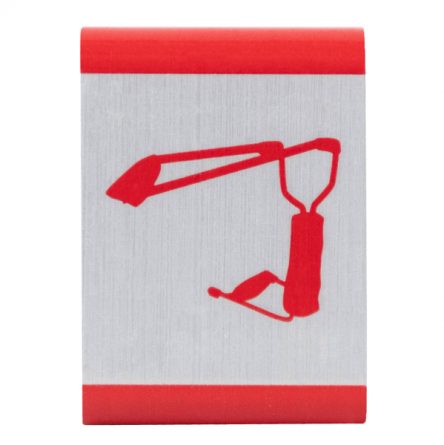
- 1. Identify and wear the appropriate safety gear.
- 2. Recite the safety rules for using a slingshot.
- 3. Demonstrate proper range commands.
- 4. Explore the parts of a slingshot and their usage.
- 5. Discover the types of ammunition that may be used and types that may not be used.
- 6. Shoot 5 shots at a target. Repeat & do your best to improve your score. Shoot at least 10 shots.
- 7. Demonstrate how to put away & properly store your slingshot & shooting equipment after use.

- 1. Identify and wear the appropriate safety gear.
- 2. Recite the four safety reminders.
- 3. Demonstrate proper range commands.
- 4. Show how to use the safety mechanism.
- 5. Demonstrate how to properly load, fire, and secure your BB gun.
- 6. Demonstrate one of the positions for shooting a BB gun.
- 7. Fire 5 BBs at the target and score your target. Repeat twice and do your best to improve your score. Fire at least 15 BBs.
- 8. Demonstrate how to put away & properly store your BB gun and shooting equipment after use.
